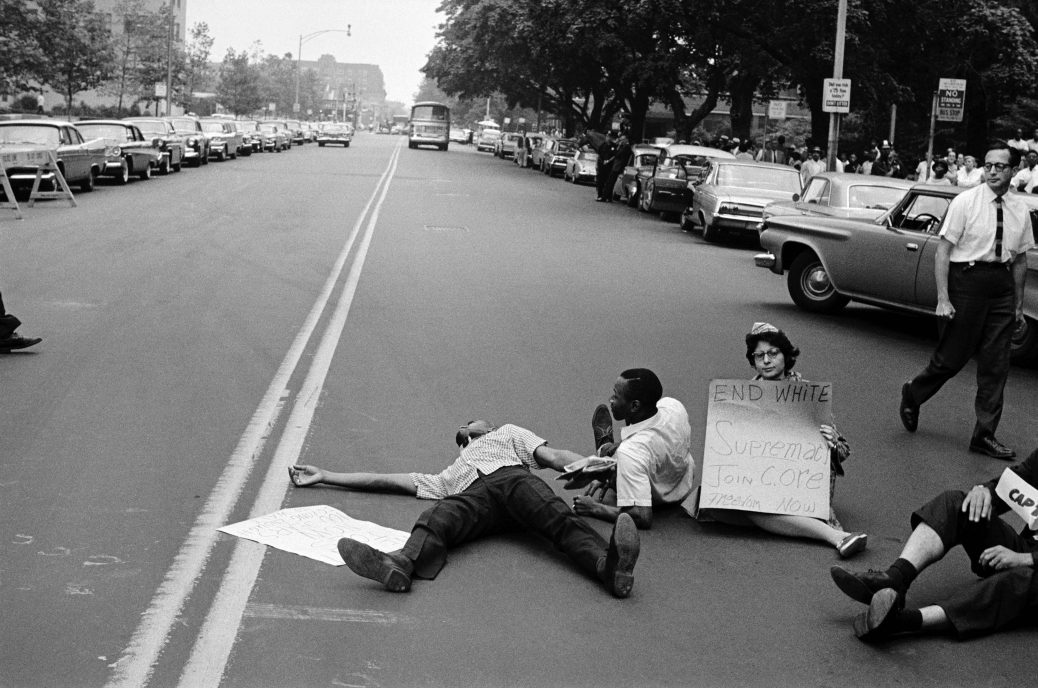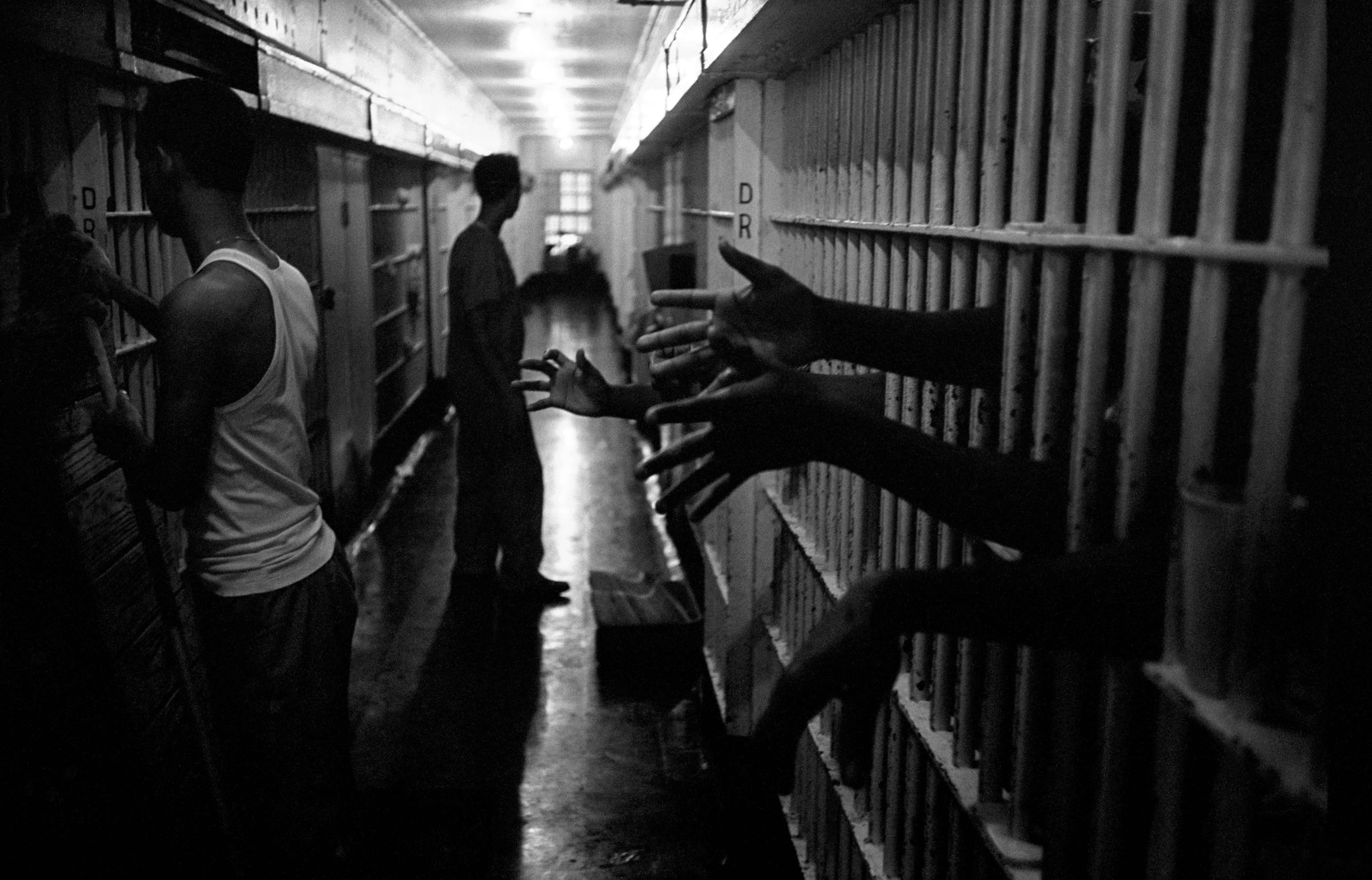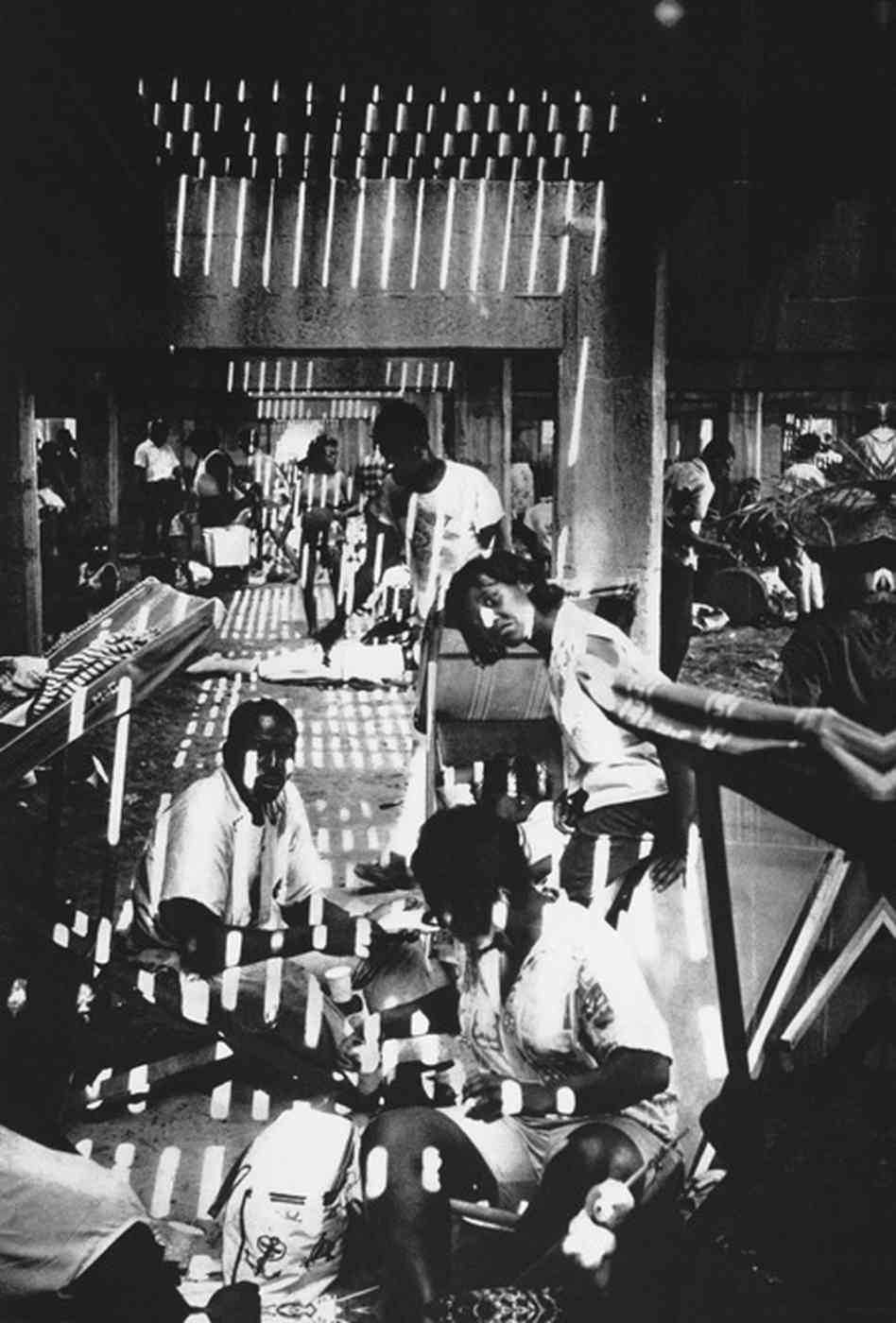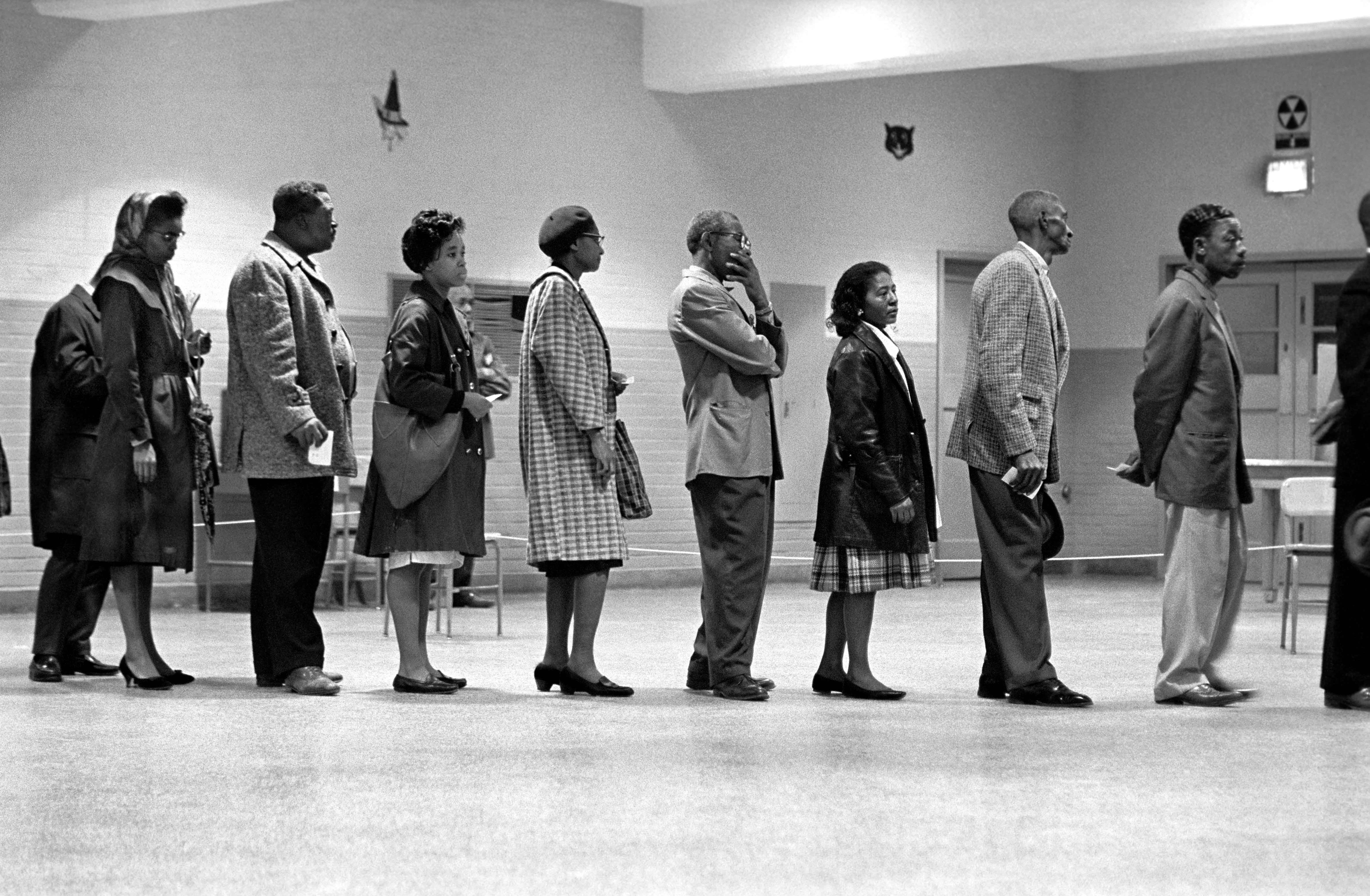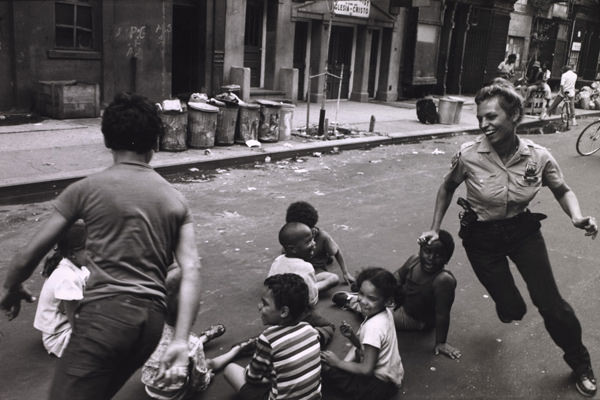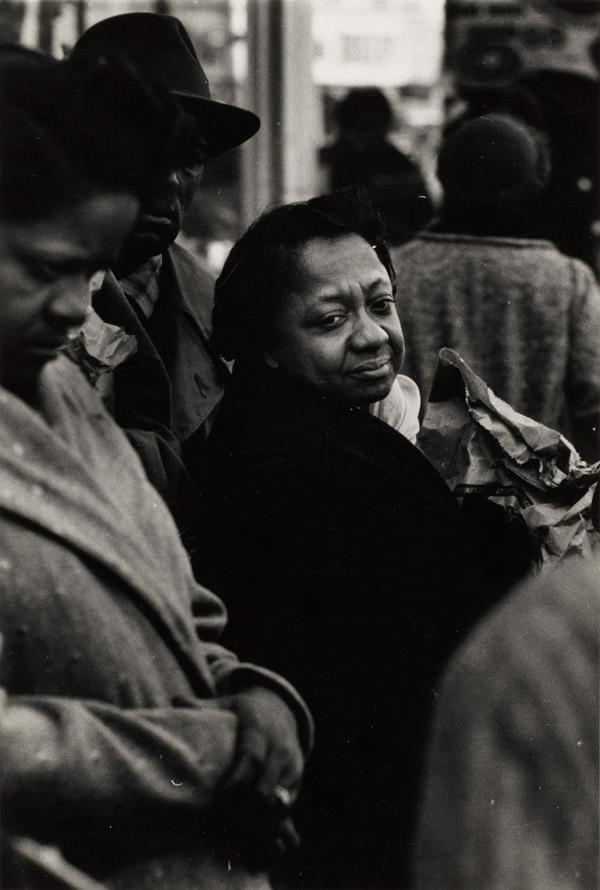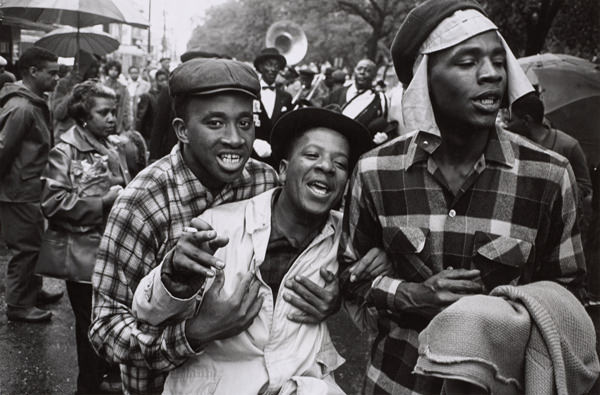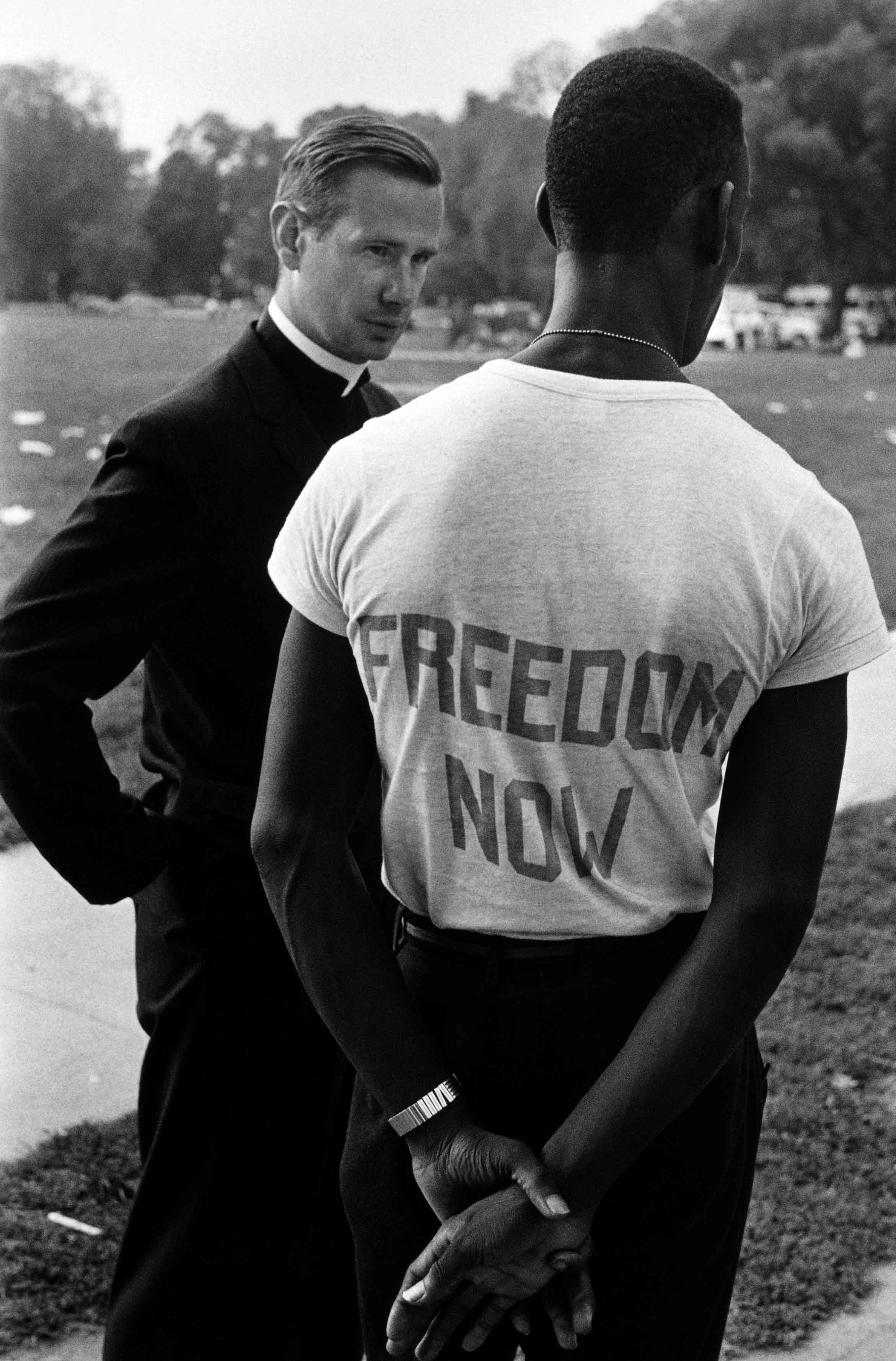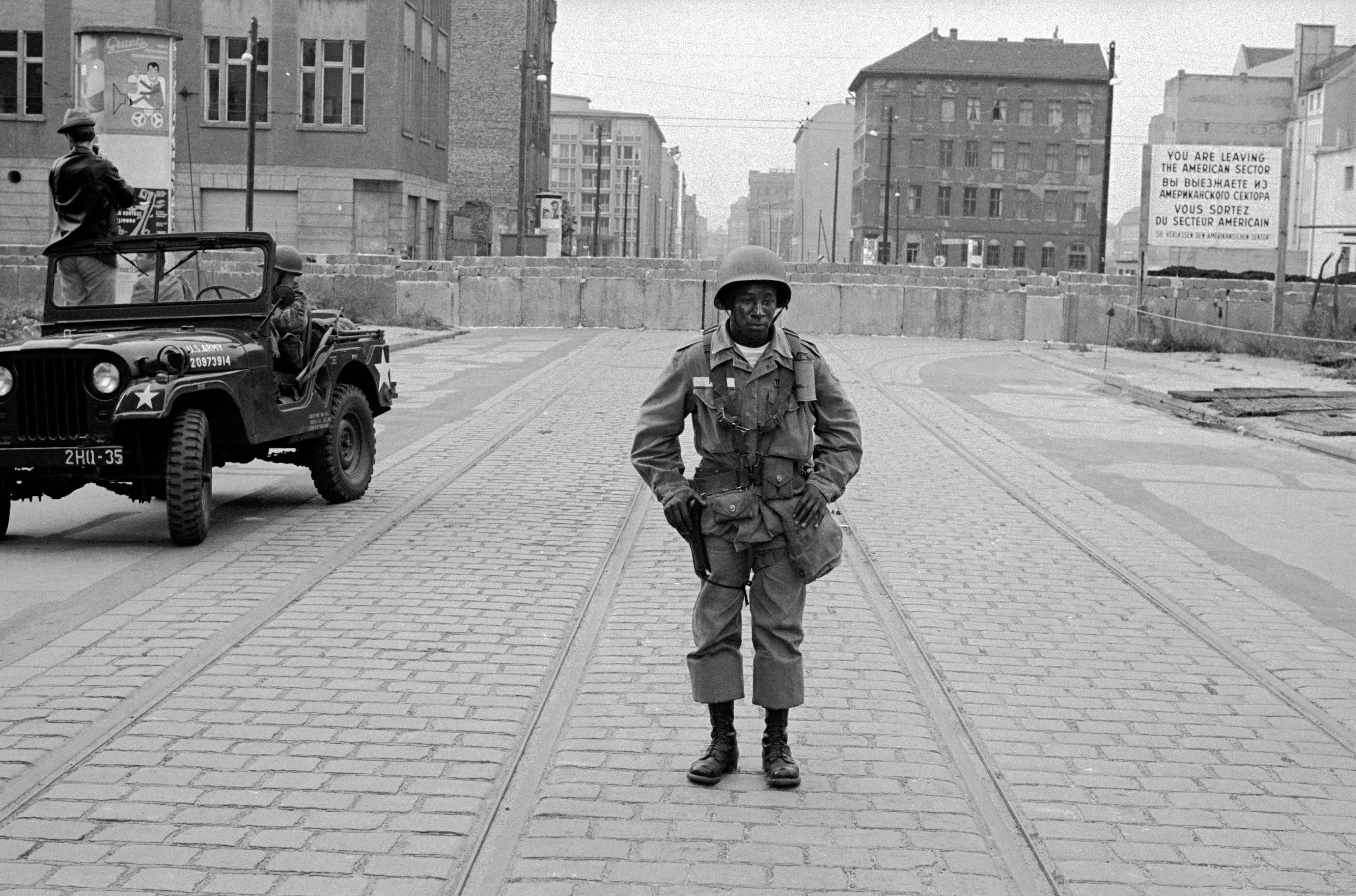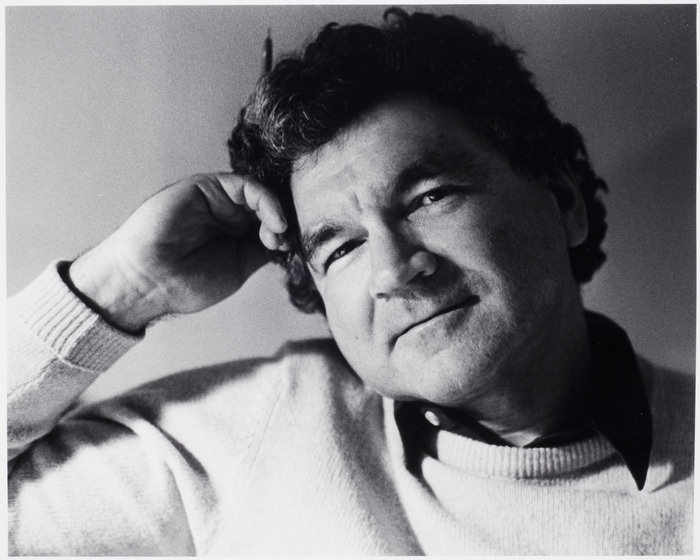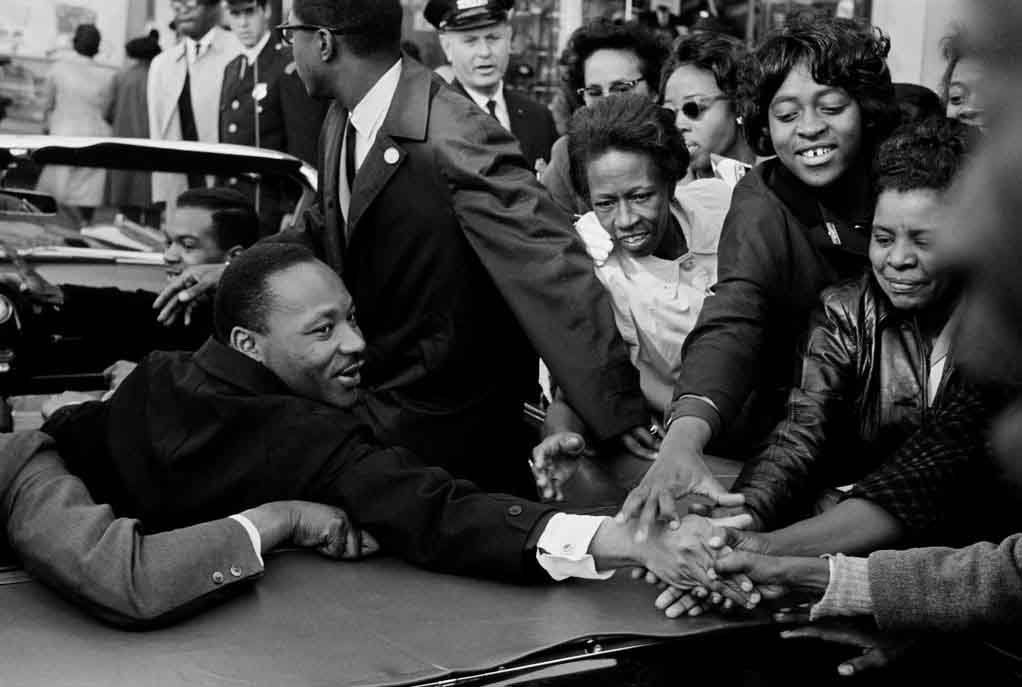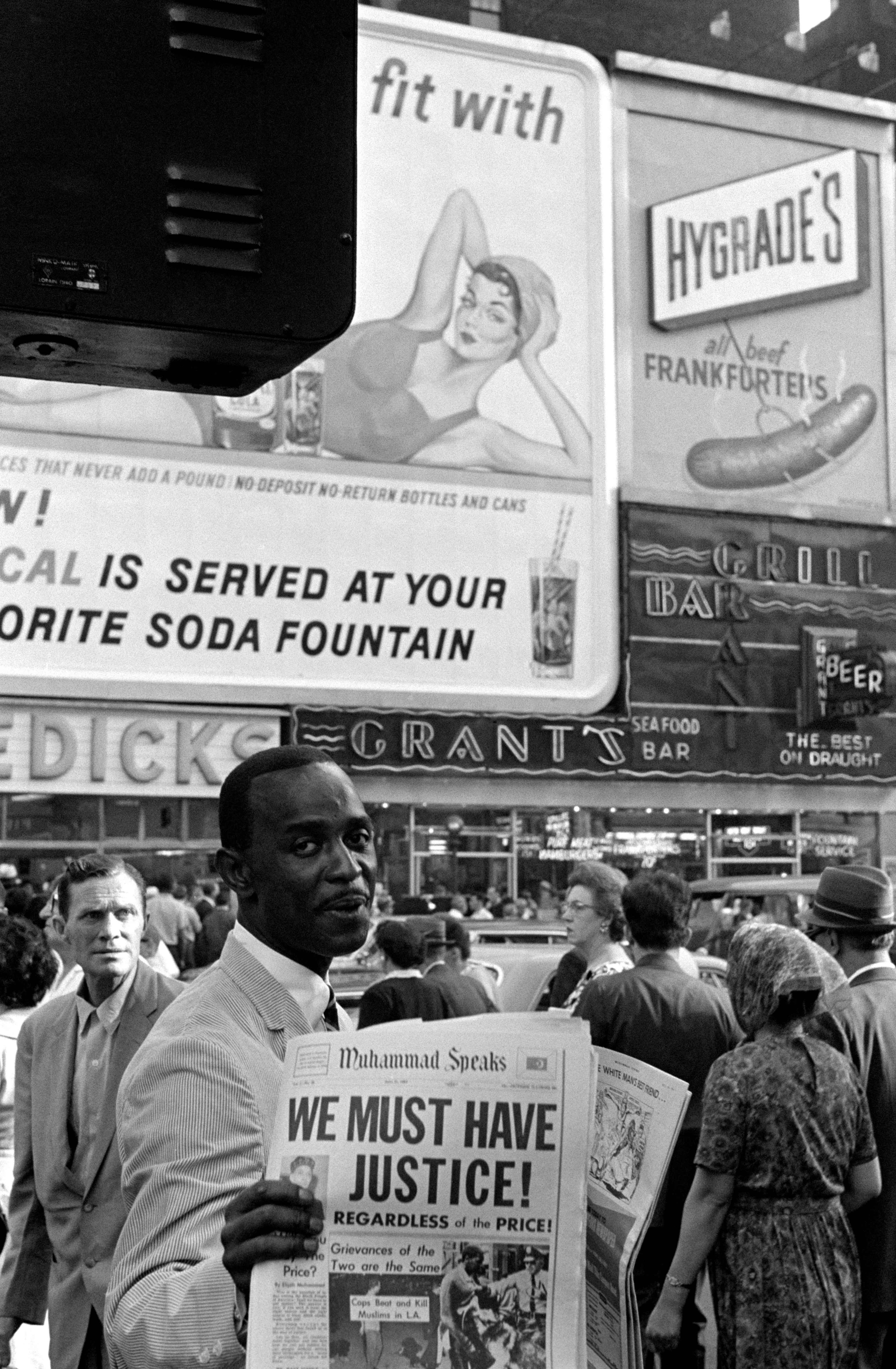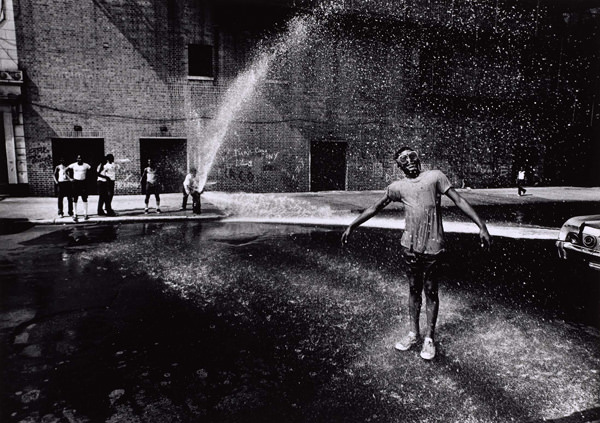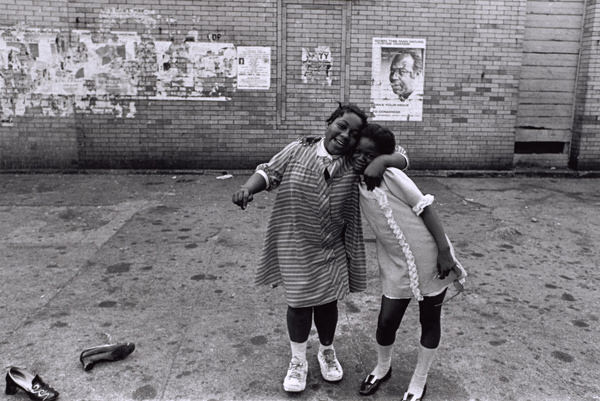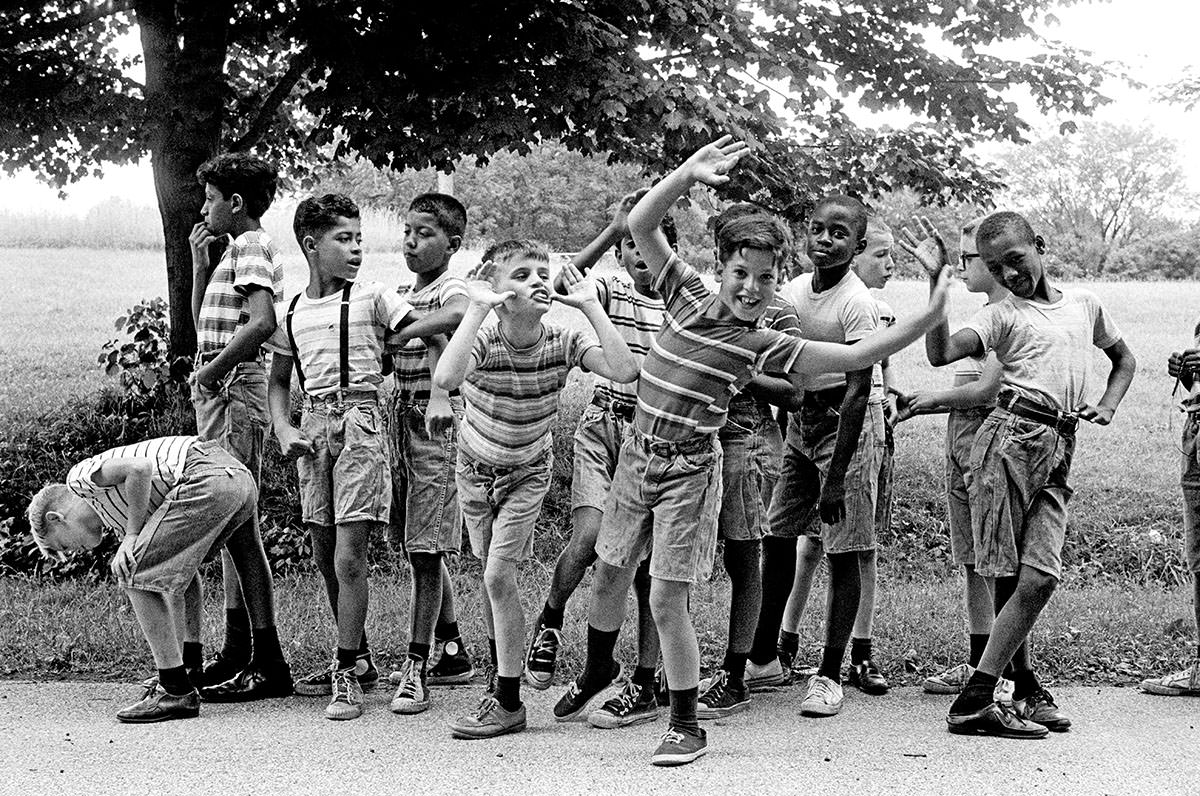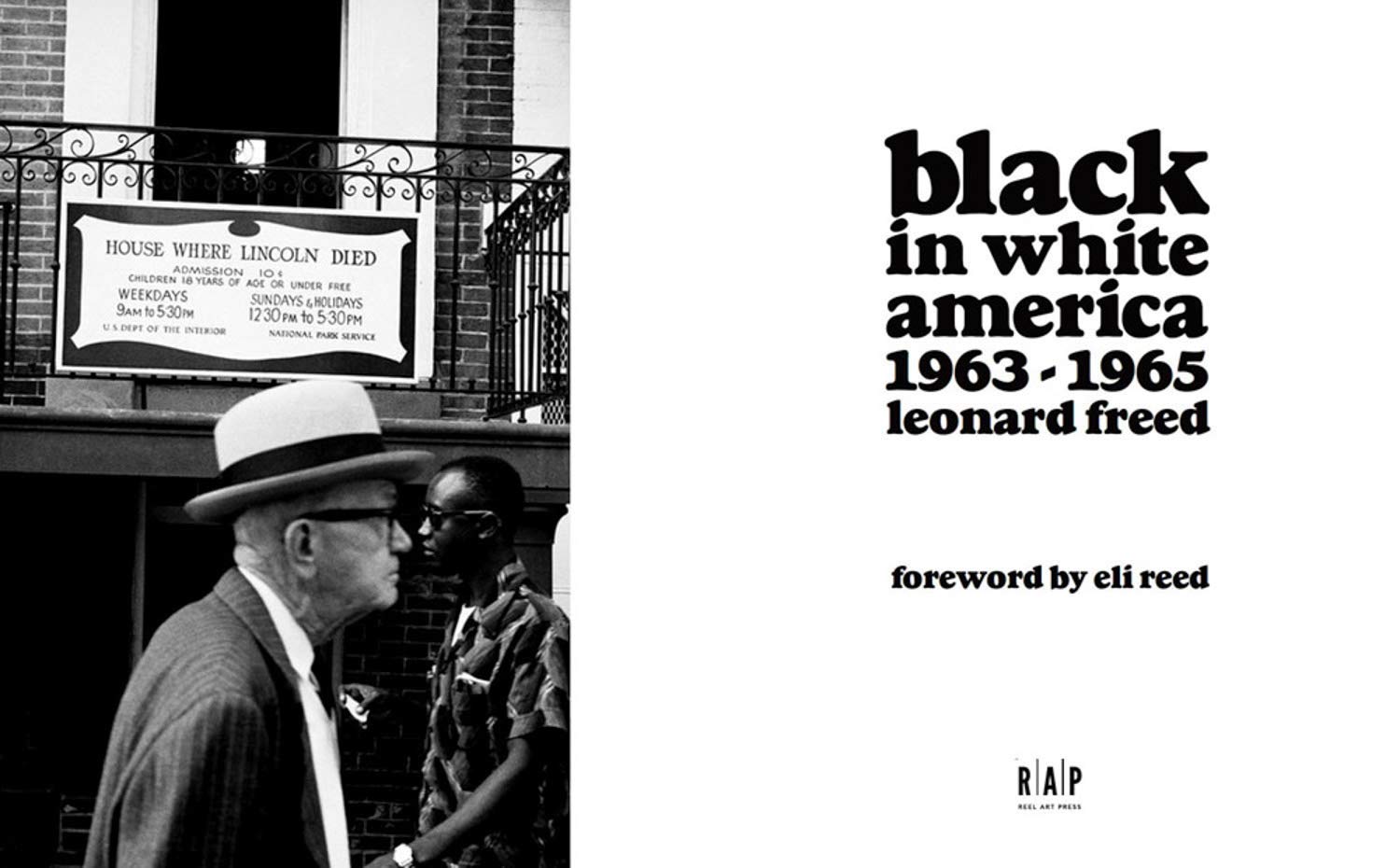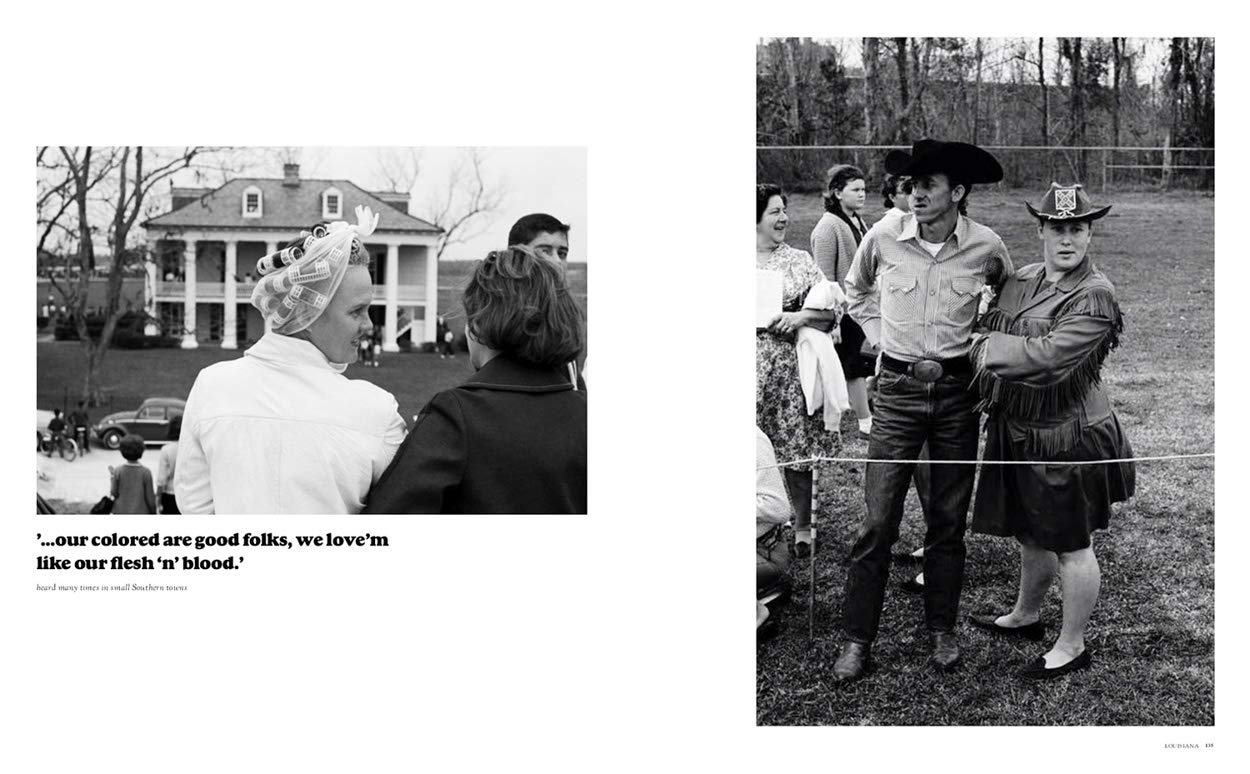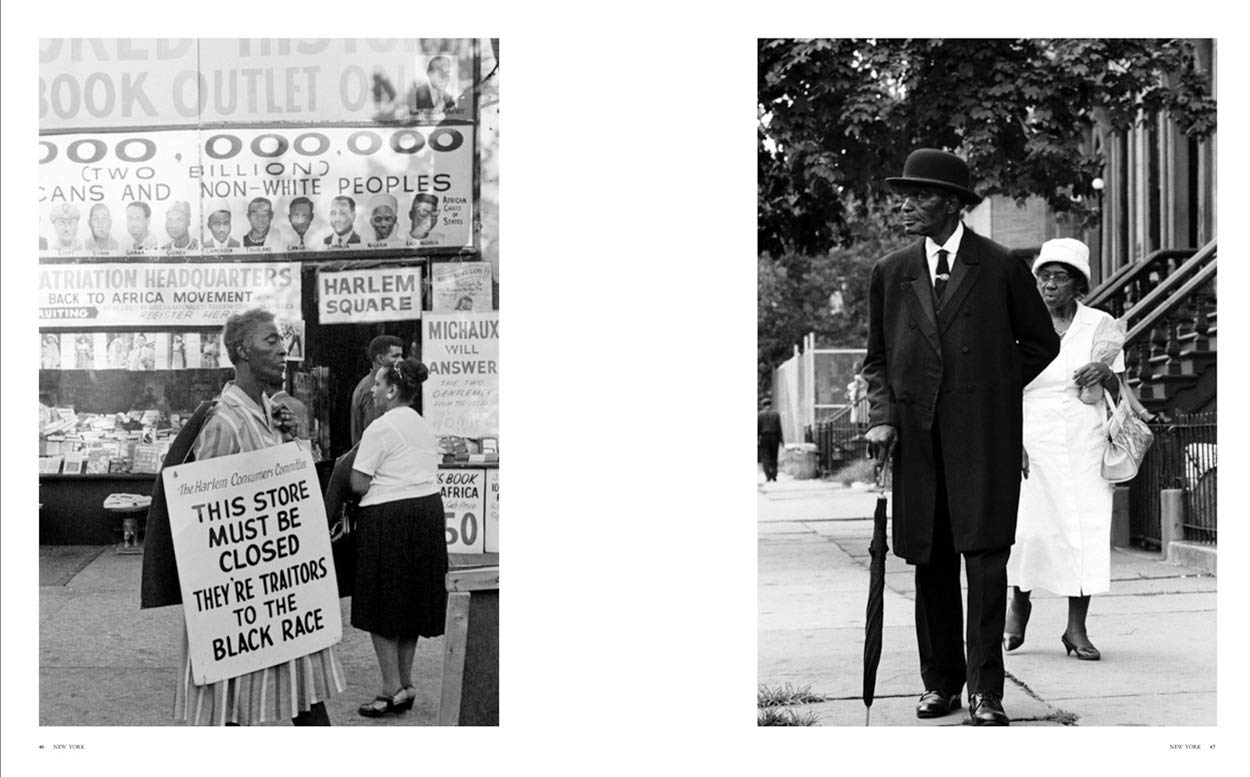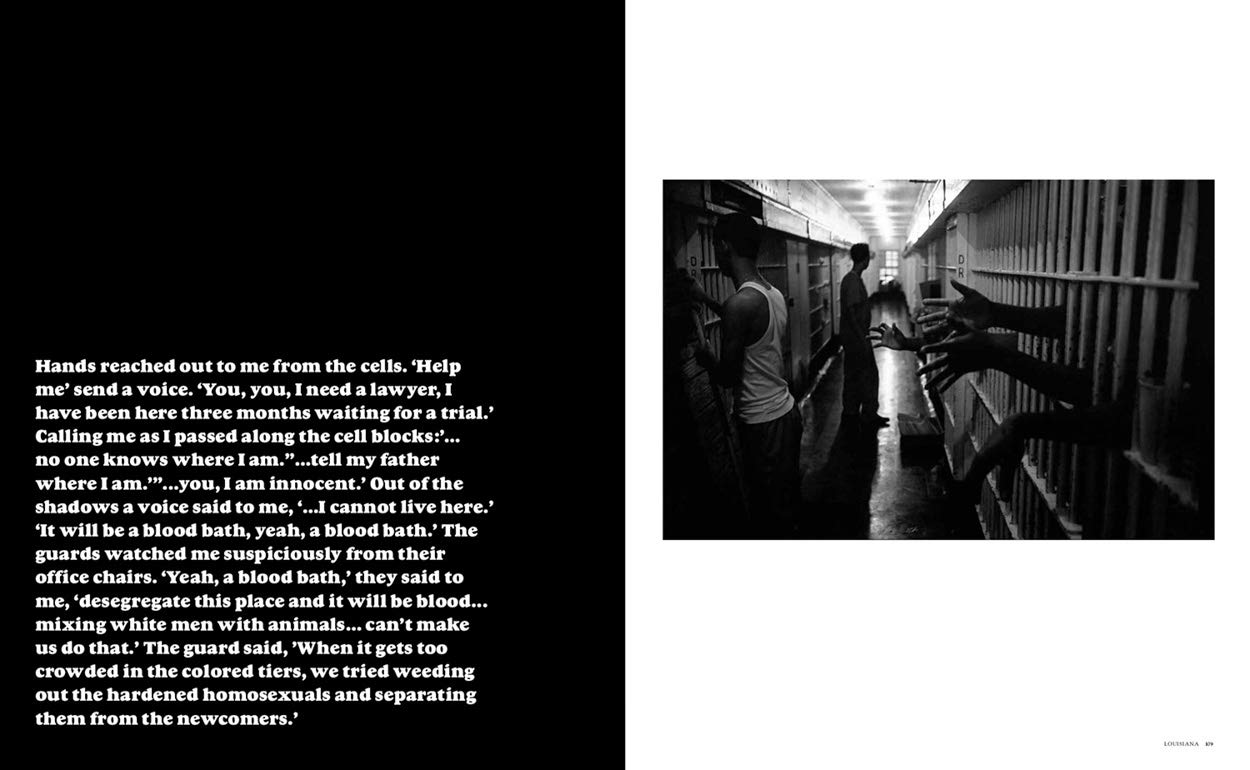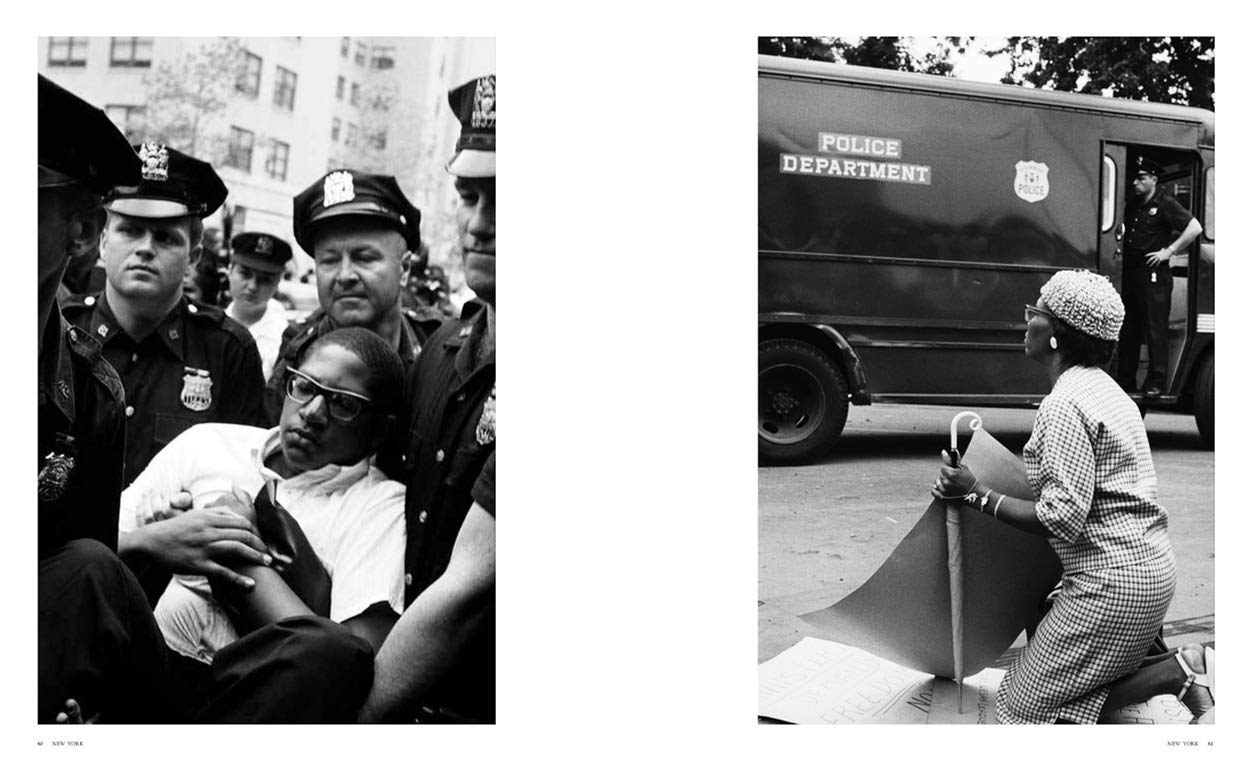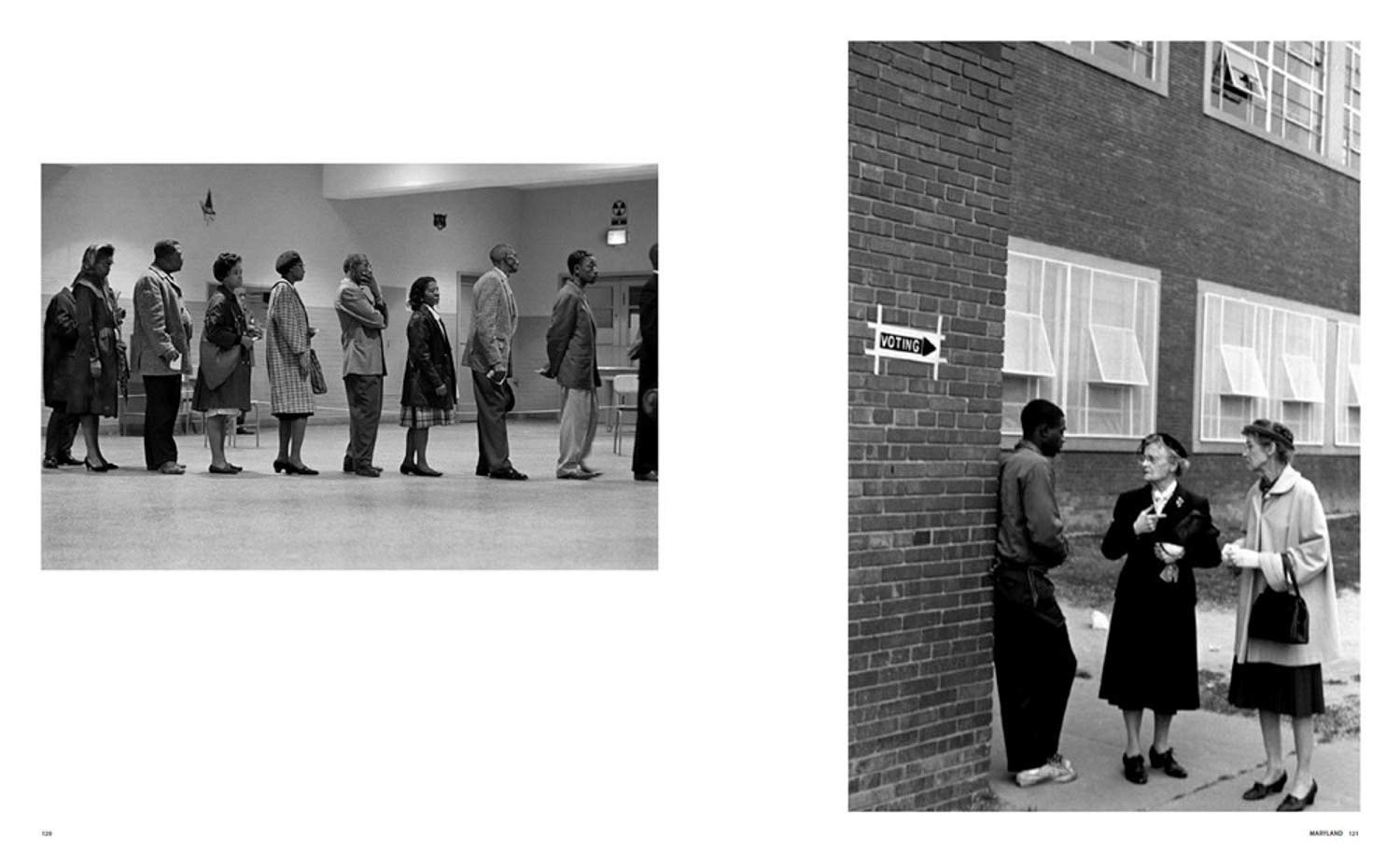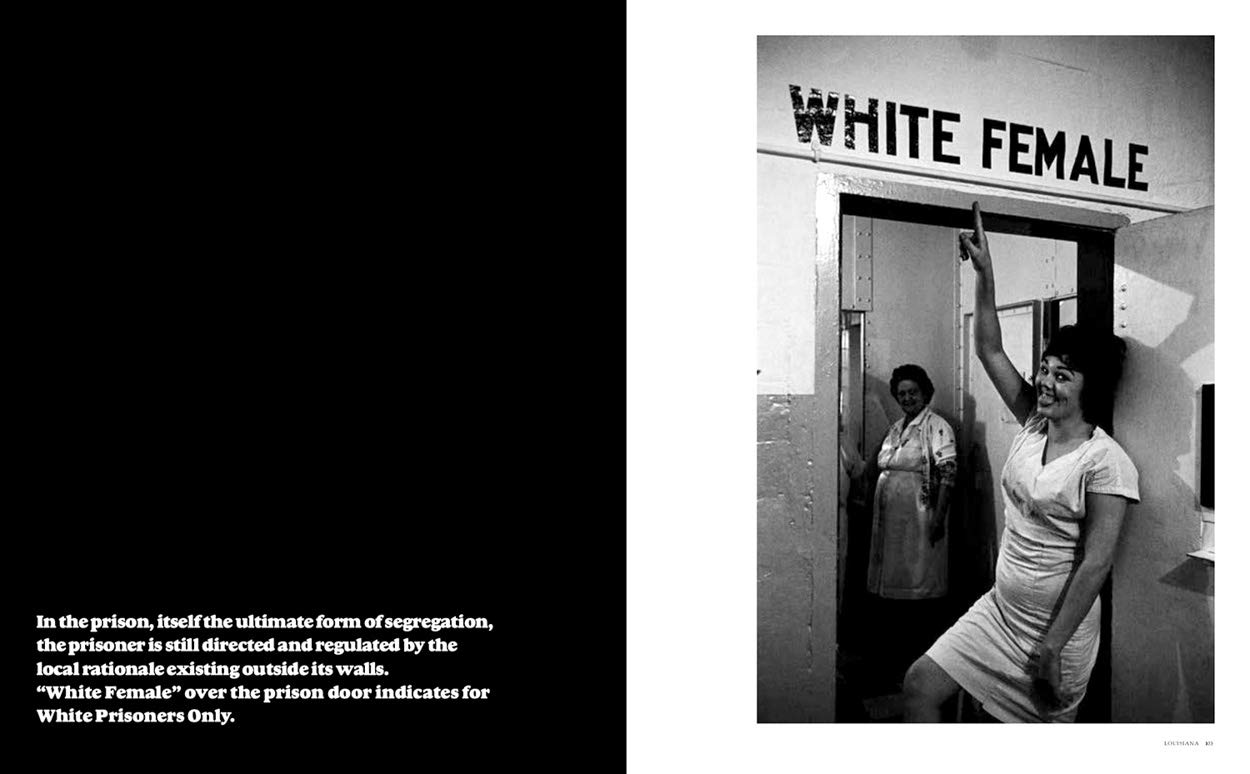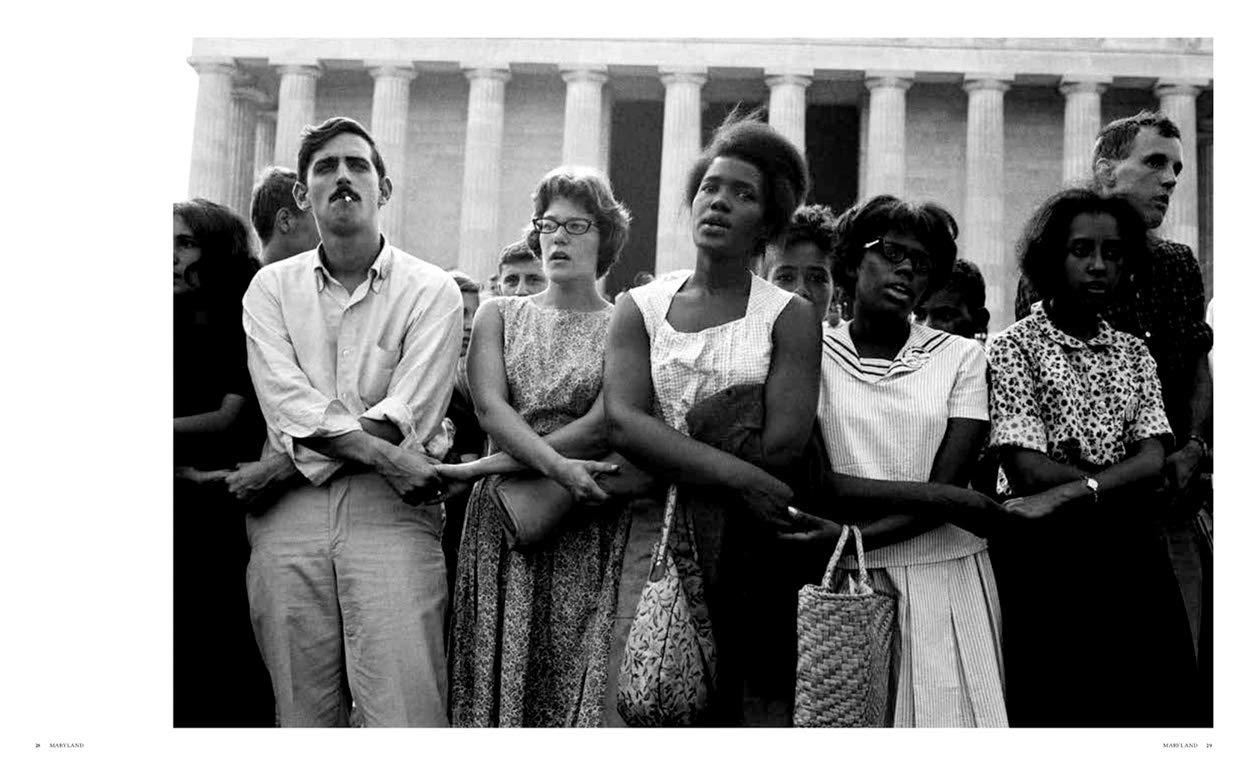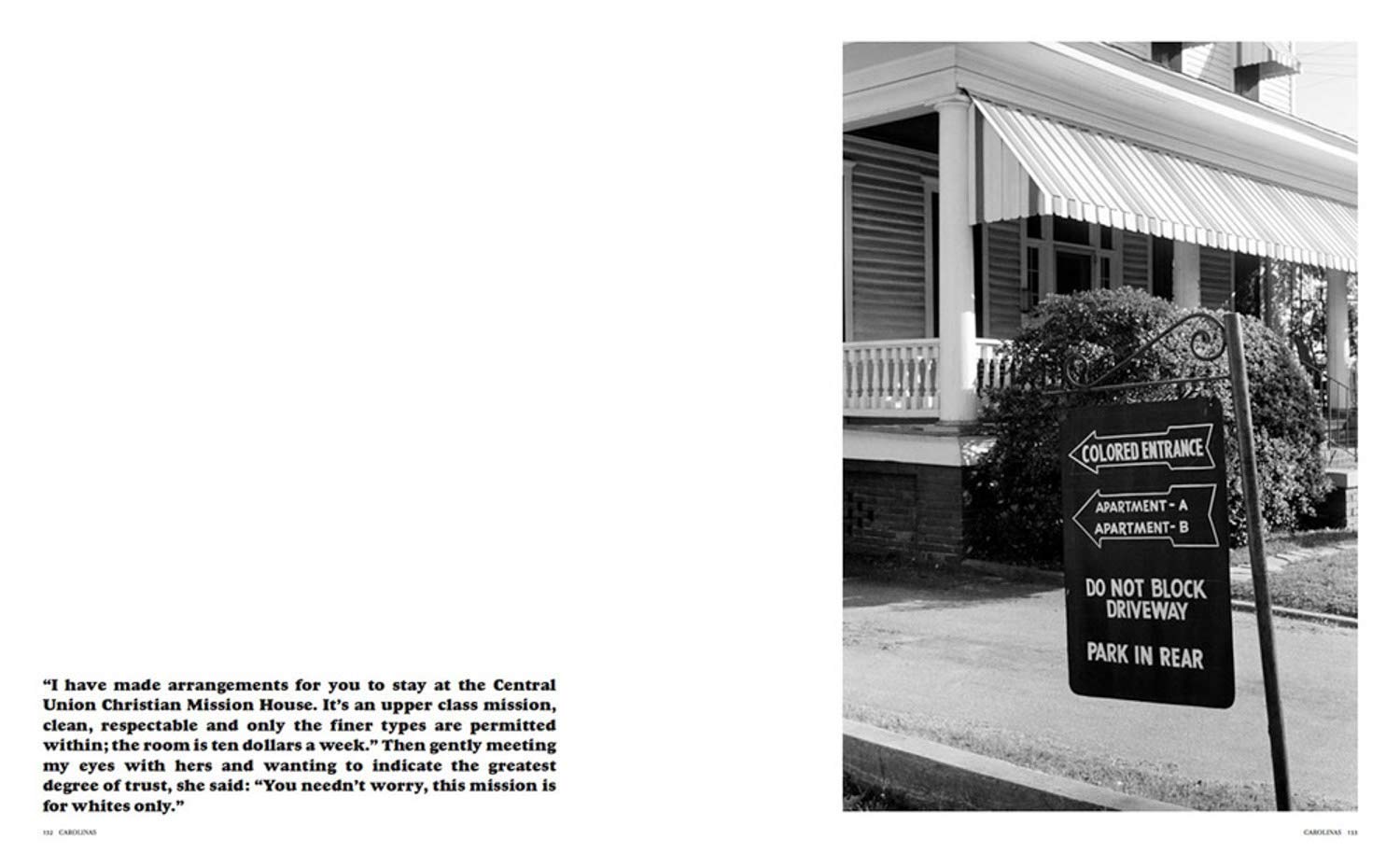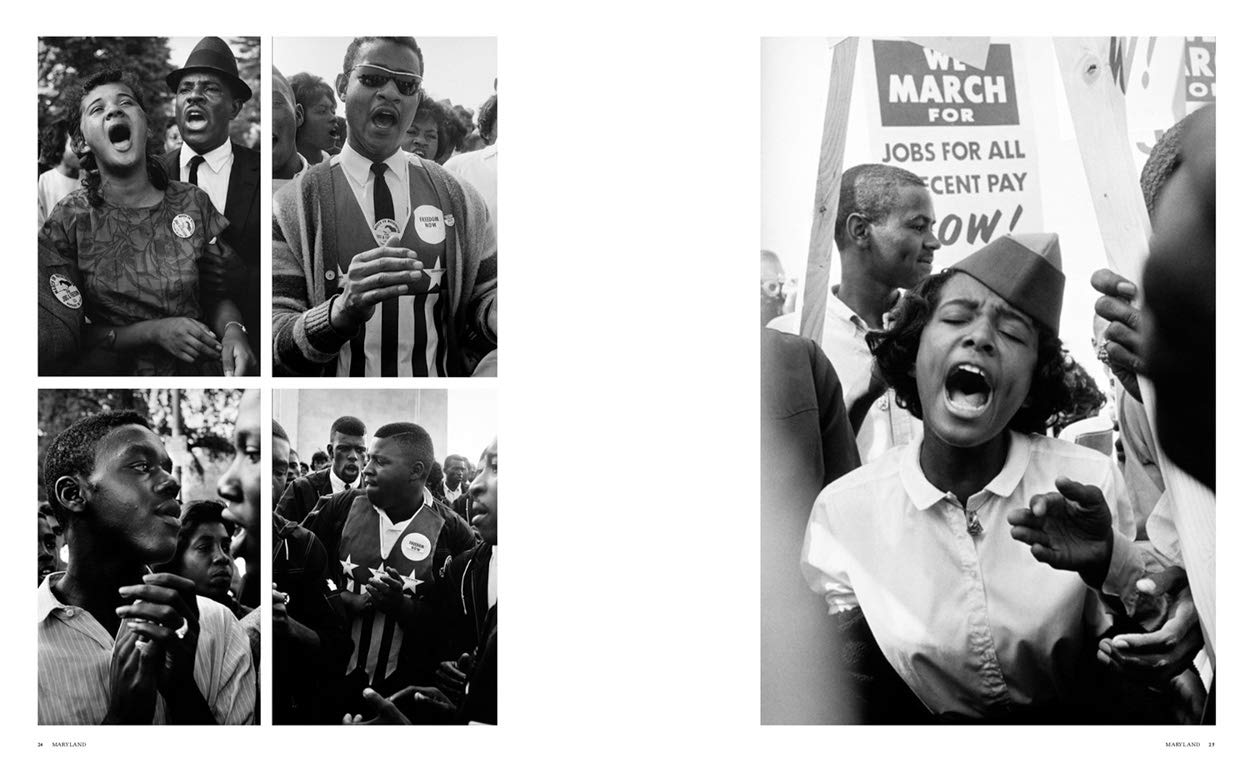Leonard Freed’s: Black in White America 1963-1965
Leonard Freed’s seminal civil rights photo essay, Black in White America, was first published in 1968. This newly-expanded 2020 edition includes unseen photographs, as well as Freed’s most iconic work and is the definitive collection of his photographs from the time.
The images have been carefully reproduced from the original negatives and using vintage prints created by Freed’s master printer and widow, Brigitte Freed, as reference. The photographs have never been printed in such quality before, the clarity of print serving to bring home the singular power of Freed’s talent as a socially-conscious documentarian.
This extraordinary work is a vital historical record and includes pivotal moments in the civil rights movement, such as the March on Washington and the Selma to Montgomery marches. It is also a nuanced journey into the ordinary, joyful, difficult lives of marginalized Black communities living within a deeply divided nation. It is a stark reminder of a journey that is ongoing and conveys with power and dignity the exhausting, endless struggle of being Black in white America.
About the Author
Born in Brooklyn, New York (b. 1929 – d. 2006) to working-class Jewish parents of Eastern European descent, Leonard Freed first wanted to become a painter. However, he began taking photographs while in the Netherlands in 1953 and discovered that this was where his passion lay.
In 1954, after trips throughout Europe and North Africa, he returned to the United States and studied in Alexei Brodovitch’s ‘design laboratory’. He moved to Amsterdam in 1958 and photographed the Jewish community there. He pursued this concern in numerous books and films, examining German society and his own Jewish roots. His book on the Jews in Germany was published in 1961, and Made in Germany, about post-war Germany, appeared in 1965.
Working as a freelance photographer from 1961 onwards, Freed began to travel widely, photographing blacks in America (1964-65), events in Israel (1967-68), the Yom Kippur War in 1973, and the New York City police department (1972-79). He also shot four films for Japanese, Dutch and Belgian television.
Early in Freed’s career, Edward Steichen, then Director of Photography at the Museum of Modern Art, bought three of his photographs for the museum. Steichen told Freed that he was one of the three best young photographers he had seen and urged him to remain an amateur, as the other two were now doing commercial photography and their work had become uninteresting. ‘Preferably,’ he advised, ‘be a truck driver.’
Freed joined Magnum in 1972. His coverage of the American civil rights movement first made him famous, but he also produced major essays on Poland, Asian immigration in England, North Sea oil development, and Spain after Franco. Photography became Freed’s means of exploring societal violence and racial discrimination.

